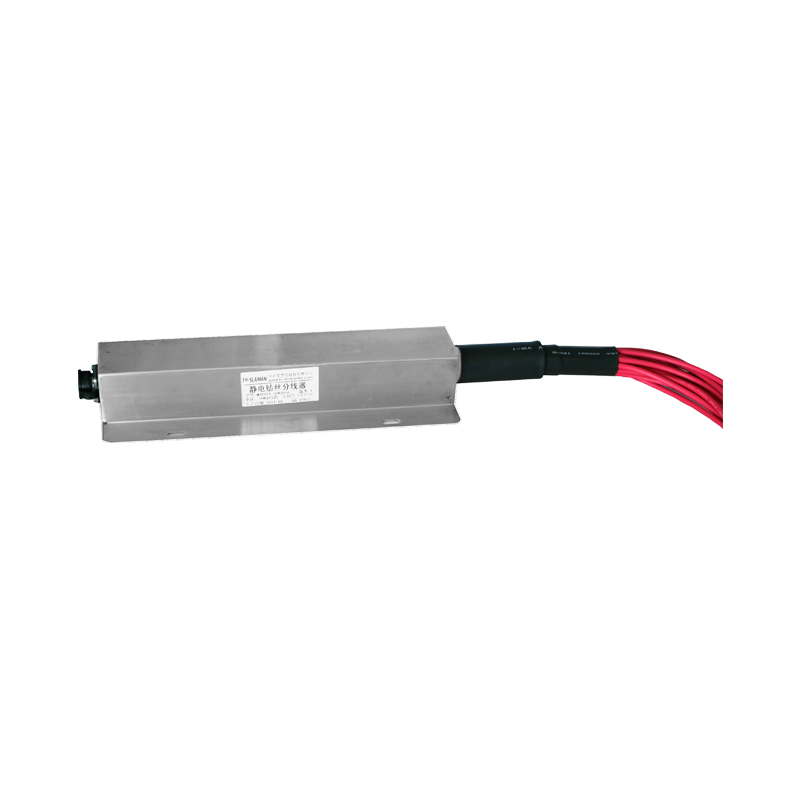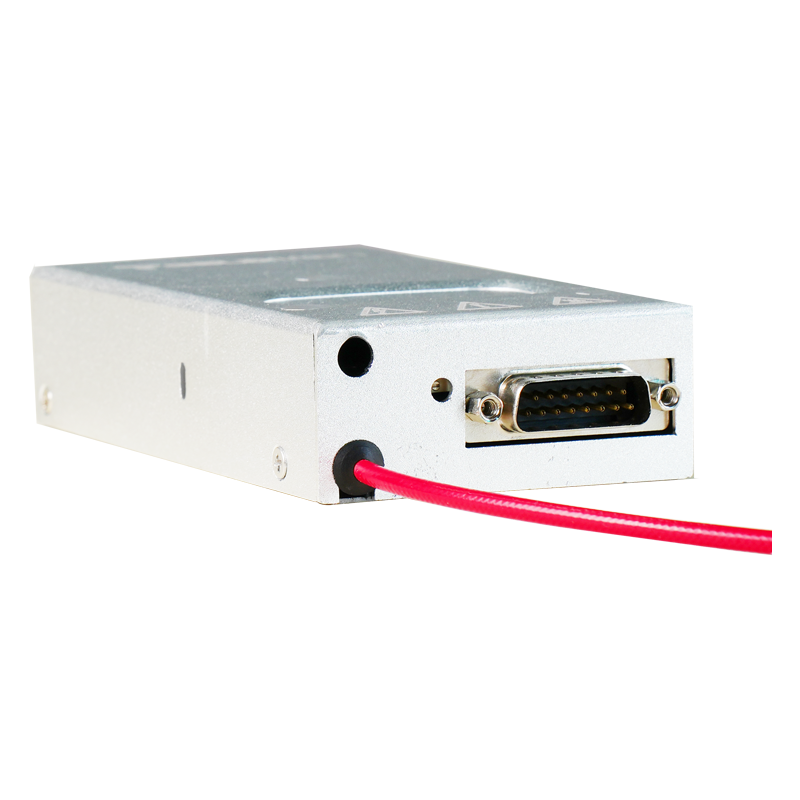Color Recognition Accuracy of High-Voltage Power Supplies for Plastic Sorting
In the current context where resource recycling is increasingly important, the plastic recycling industry is booming. Plastic sorting, as a crucial link in the plastic recycling process, its efficiency and accuracy directly determine the quality and value of recycled plastics. High-voltage power supplies for plastic sorting play a central role in this process, and color recognition accuracy is a key factor affecting the sorting effect.
Plastics of different colors often represent different materials and properties. For example, common plastics such as polyethylene (PE), polypropylene (PP), and polyvinyl chloride (PVC) show diverse colors due to differences in additives and production processes. Accurate recognition of these colors can help high-voltage power supplies for plastic sorting precisely classify different plastics. In a plastic sorting system based on the principle of electrostatic separation, the high-voltage power supply exerts different electric field forces on plastic particles, causing plastic particles with different charges to deviate to different degrees in the electric field, thus achieving separation. And color recognition accuracy is directly related to the accuracy of charge application. If the color recognition accuracy is insufficient and plastics of different materials are mistaken for the same color, it will lead to incorrect charge distribution, reducing the purity of sorted plastics and seriously affecting the recycling value of recycled plastics.
The factors affecting the color recognition accuracy of high-voltage power supplies for plastic sorting are complex. On the one hand, the characteristics of the light source play an important role. Different light sources, such as LED light sources and fluorescent light sources, have different spectral distributions. If the spectral distribution of the light source does not match the color characteristics of plastics, deviations may occur in the recognition of certain colored plastics. For example, certain colored plastics have unique absorption or reflection characteristics for specific wavelengths of light. If the intensity of the light source in that wavelength range is insufficient, it is difficult to accurately capture the color information of the plastics. On the other hand, the performance of the sensor is also crucial. Parameters such as the sensitivity, resolution, and response speed of the sensor directly determine its ability to collect and process plastic color signals. A sensor with low sensitivity may not be able to accurately distinguish plastics with similar colors, and a sensor with low resolution may have difficulty accurately identifying subtle differences in plastic colors. In addition, environmental factors such as background light interference and dust pollution also have a negative impact on color recognition accuracy. Fluctuations in background light may mask the color characteristics of the plastics themselves, and dust covering the surface of the plastics or the sensor will change the light propagation path and reflection characteristics, resulting in color recognition errors.
To improve the color recognition accuracy of high-voltage power supplies for plastic sorting, a series of targeted measures can be taken. In terms of light source selection, according to the spectral characteristics of common plastic colors, a light source with a suitable spectral distribution should be selected. If necessary, a combination of multiple light sources can be used to cover a wider color detection range. For sensors, products with high sensitivity, high resolution, and fast response speed should be selected, and regular calibration and maintenance should be carried out to ensure stable performance. At the same time, by optimizing the signal processing algorithm, the original color signals collected by the sensor can be denoised, enhanced, etc., further improving the accuracy of color recognition. In addition, constructing a good working environment is also very important. For example, measures such as light shields and dust covers can be used to reduce background light interference and dust pollution.
In conclusion, improving the color recognition accuracy of high-voltage power supplies for plastic sorting is of great significance for improving the overall efficiency and quality of the plastic recycling industry. Through comprehensive efforts such as reasonable selection of light sources, optimization of sensor performance, improvement of signal processing algorithms, and improvement of the working environment, the color recognition accuracy can be effectively improved, promoting the plastic recycling industry to develop in a more efficient and environmentally friendly direction.




















